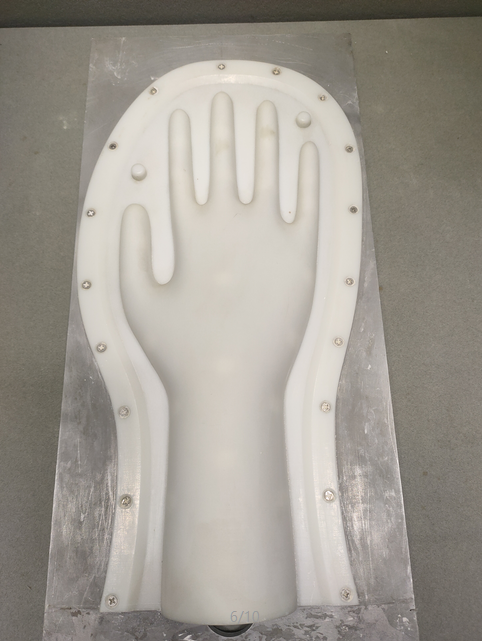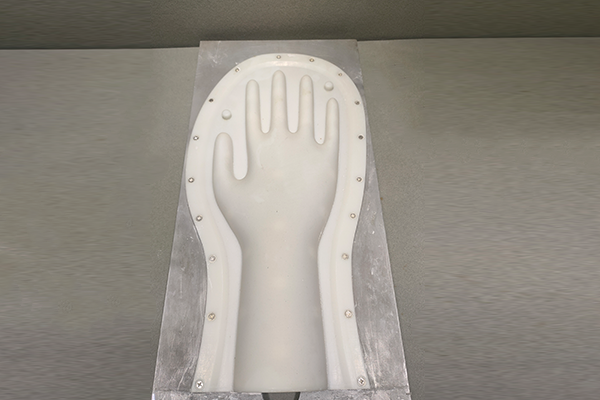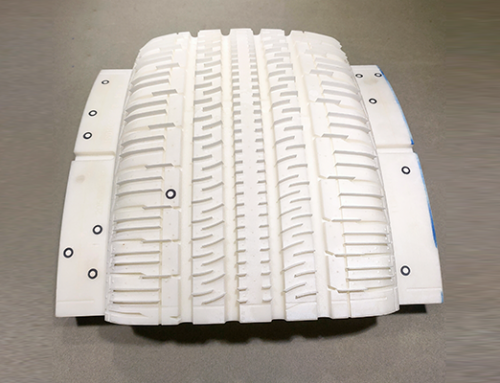Project Description
Rubber gloves are a great invention and have been applied to various fields, including food processing and medical care. Rubber gloves are made with a ceramic model that is uniform in thickness and surface temperature. The surface of the model is smooth, sticky and dripping to meet the production requirements of rubber gloves. And it’s cheap and relatively durable.
To make a glove mold, a man with rich experience is required to make the primary mold, and the female mold is obtained by turning over the mold several times. The resulting negative mold is split in half and injected with epoxy resin to form an epoxy resin mold, and then poured into gypsum to make a plaster mold. Put the two halves of the plaster together and pour the ceramic liquid into the ceramic mold. The whole production cycle reaches about 3 weeks
In this process, it can be found that to obtain a ceramic mold requires repeated mold making and design of the drawing line, and in this repeated mold making process will produce a certain amount of error leading to the failure of the closing mold, but also increase the production cycle with this lengthy mold making process to 3 weeks. And the need for experienced workers to make the primary mold also makes it difficult to standardize all the production, at the same time, it will produce a lot of labor costs.
Solutions:
First, the glove model is digitized, the model is designed in advance, and then the part of the epoxy resin model is directly printed and output, shortening the production cycle to 3-4 days.
3D scanning of real gloves is used to enter the data into the database, and templates are defined in advance according to these data to unify the glove templates. On the basis of these templates, the corresponding modifications are carried out to meet the needs of customers. Meanwhile, accurate drawing lines are designed to ensure the vertical drawing lines and the effect of two pieces of mould closing. After processing the data, output it and print it. After processing, the final model is obtained. To ensure the service life of the printed model, an organic metal base plate is installed at the bottom to ensure the service life. Then you can make plaster molds and ceramic molds. Such a production cycle takes 3-4 days, which greatly reduces the production cycle and labor cost.




